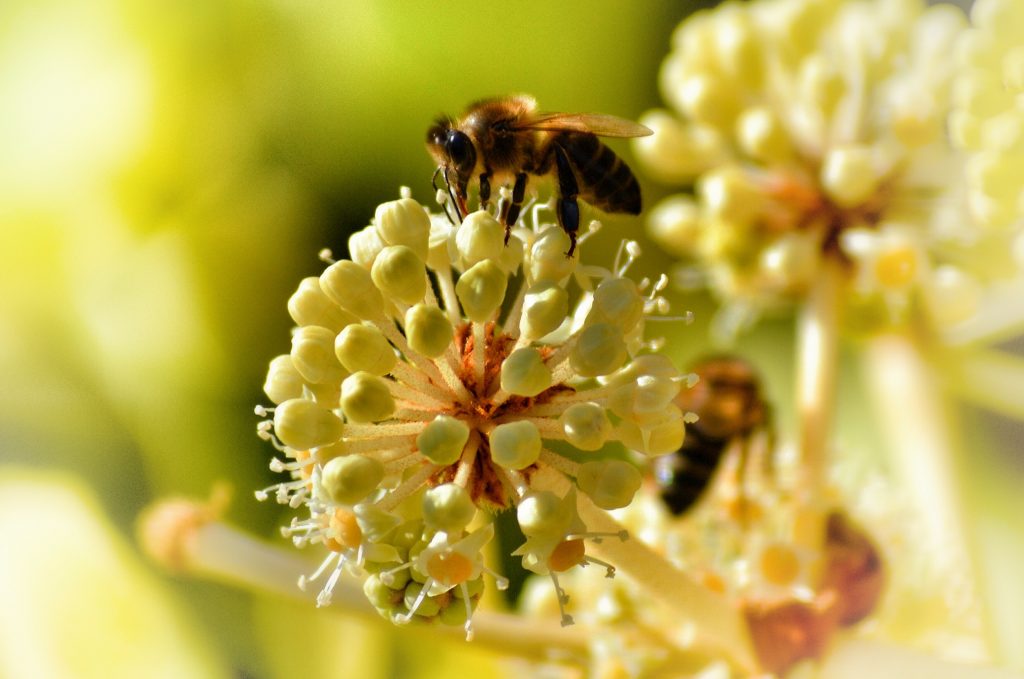A thriving bee-friendly garden is more than just a joy to behold. Protecting pollinators is essential for their survival, the health of the earth’s ecosystems, and even the global food supply. “Seventy out of the top 100 human food crops — which supply about 90% of the world’s nutrition — are pollinated by bees”, Greenpeace reports. But unfortunately, habitat destruction, pollution, and pesticides are putting bees at risk of extinction. Planting a bee-friendly garden can help secure a better future for bees, humans, and the wider environment. Whether you’re in Texas or elsewhere in the USA, here’s how you can start your own bee-friendly garden.

Photo by James Pritchett on Unsplash
Welcoming plants
Generally, plants with fragrant, colorful, and tubular flowers attract bees. In particular, lavender, honeysuckle, wisteria, sunflowers, purple coneflower, and lilac have plenty of nectar and sweet scents which bees love. Sedums are also a useful plant; they start thriving towards the end of summer which allows bees to store up food for the winter. Colorful snapdragons are most fragrant during the day — the time when bees are most active. Both snapdragons and sedum also grow in shapes easy for bees to climb into. Bear in mind bees see color differently to humans: blue, violet, white, and yellow flowers stand out to bees, while red is difficult for them to see.
Fragrant herbs
Not only can herbs add flavor to meals and color, texture, and fragrance to the garden, but they’re also great for bees! Oregano, sage, chives, thyme, mint (especially water mint) are all easy to grow and loved by bees and other pollinators. Borage, in particular, refills with nectar very quickly. No matter how small the garden, there’s always room for low-growing herbs whether in your garden bed, hanging baskets, or small pots. Make sure your herbs are organic and non-GMO.
Native wildflowers
Wildflowers that grow native in your region are a great food source for bees. You could convert a small area of lawn into a wildflower zone, but even just including a few wildflower plants among the rest will help. Check which wildflowers are native to your area. In Texas, bee-friendly native plants include giant spiderwort, winecups, yarrow, blue curls, and horsemint. Goldenrod, sunflower goldeneye, and zexmenia provide nectar during the colder months. Moreover, although dandelion, clover, and milkweed are usually considered weeds and removed, they’re actually wonderful for bees — so leave them in your garden if possible.
Perfecting your bee-friendly garden
Bees tend to go for concentrated sources of pollen and nectar, so plant your flowers in fairly tight clusters rather than spacing them too far apart. Bees also love warm and sunny spots and habitually visit plants located in the sun rather than shade. Never use chemical pesticides which are harmful to bees — they can even destroy entire colonies. If you’re really committed to helping bees thrive, consider keeping your own. Beekeeping is a rewarding hobby which requires a relatively small investment in time and money. Once the hive is established, bees largely take care of themselves.
